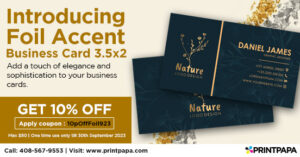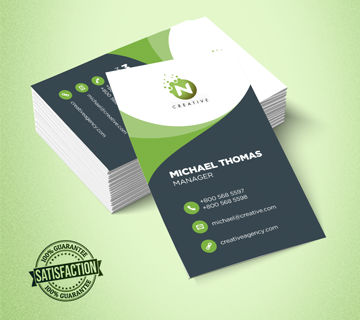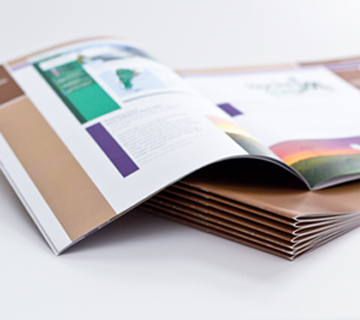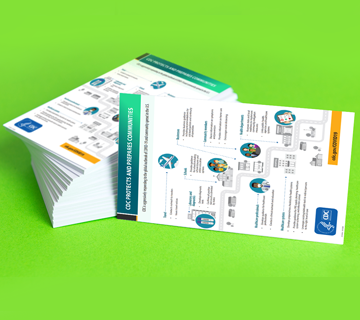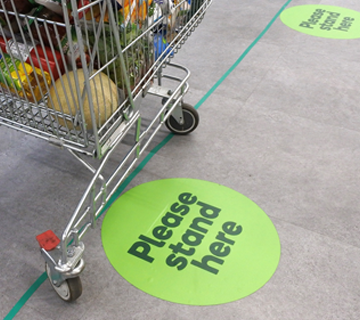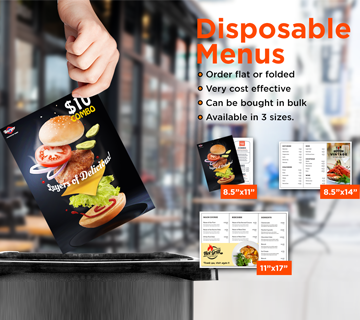With the evolution of computers there are various types of file formats in which a picture or an artwork can be saved. There are a number of file formats available today such as gif, jpg, png, pdf, eps, tif. With so many formats available it is difficult to decide the type of format that will best suit the work of the printer you have hired. Each time you save a specific file there is a file format you have to select. While some are high resolution others are for low resolution while some others are only for native purposes. As the different software help users in different tasks, there are different formats for different purposes.

If you are a non-expert in handling file formats then it can be disastrous for you. If you send a file in the wrong format to the printing agency then it might not be compatible with the computer and give awful prints. These will cost you a lot with regards to both time and effort. So, it is desirable to know some important aspects of the proper file formats for your artwork reproduction:
- .jpg – This is a popular format for both emails and web sites. It compresses the toned images into a desirable size (72 dpi for web and 300 dpi for printing) that can be downloaded over the Internet by the printing agency. But if you compress the image too much then the prints will be degraded.

- .gif – It is a very good format for mailing and for posting on the Internet. They also work perfectly in compressing a file. One of the differences between the .jpg and .gif is that this format is more suitable for solid color images and not for the non-continuous color images.
- .png – It is a hybrid of the above mentioned formats. It can be used by you to remove the sharp and unattractive borders from any artwork before sending it to the printers. The format also allows users to compress continuous or non-continuous tone color images. The files that are saved in this format are generally larger in size, and therefore, ideal to send larger images to your printing agency.
- .tif – This is a ‘versatile color space file format’ which can act as a cross platform between your Mac and PC. There is no compression hence this is a good format for printing, but the file sizes can be huge.
- .pdf – It is the native file format developed by Adobe and can be accessed by a program named Adobe Acrobat. .pdf format has many uses including the creation of interactive forms and a lot of print ready materials. This is the most popular format used by printers today.
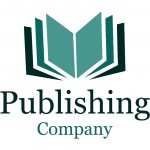
Sending the print-ready files makes the task of printers easy and saves a lot of time and effort on your behalf. This will also ensure that there are no delays in your marketing campaigns. See below for our File Preperation checklist:
